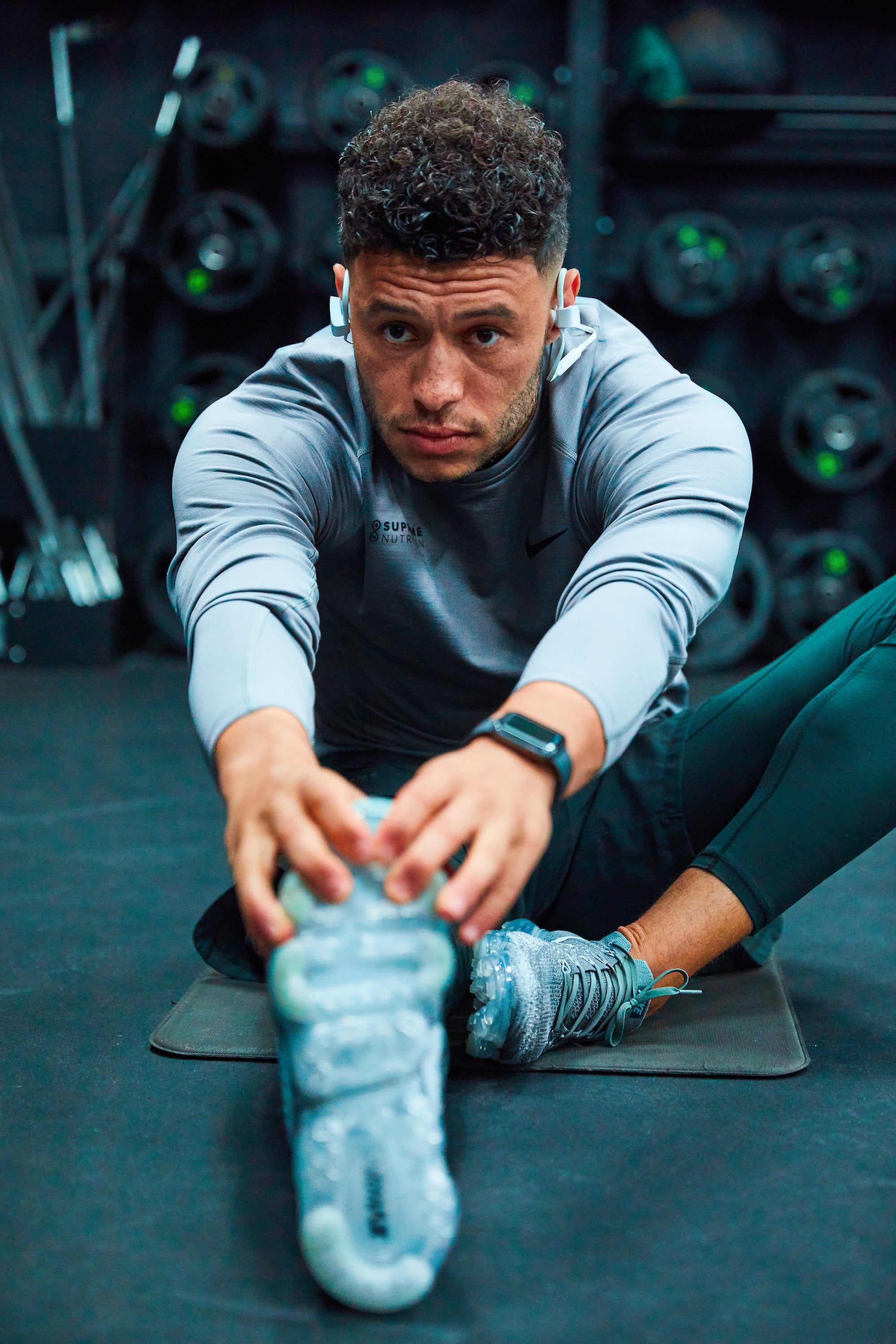If you’re hitting the gym regularly, training for an event or making your first steps on a journey to better health there is nothing more important than stretching.
We’re all guilty of making stretches the afterthought in our gym routine but they provide us with so many more benefits than we think. There are some obvious improvements that we’re all likely aware of such as:
- Increased Flexibility – seems fairly obvious that the more we stretch, the more flexible we become!
- Increased Range of Motion
- Improves Posture
For most of us, I think these are the top 3 that we think of when it comes to stretching. Sure, it improves flexibility and range of motion but I’m running fine as it is, I can squat low enough, what’s the problem? Sometimes there’s not all that much incentive to stretch so I’ve broken this up into 2 areas (physical and mental) to give you more reasons to get moving.
Physical Benefits
Let's start with some of the physical benefits outside of flexibility that might spark the incentive to stretch within you!
Enhances Muscle Growth
According to the American Council on Exercise, stretching is an integral component of fitness, it elongates the muscles and increases the range of movement but scientific research has also shown that it helps for muscle growth. The Journal of Applied Physiology found intense stretching after working a muscle group has the potential to increase its mass by 318% in 28 days, now don’t get me wrong, this was a slightly odd test performed on adult Quails but the conclusion made clear that the same can be applied to humans.
So how do we stretch for muscle growth? The focus here is on the lengthening of your ‘fascia’. This is a tight fibrous sheath that surrounds your muscles; it protects your fibres but can also hinder them due to its restriction on the muscles. As an example, the calves are famously difficult to grow and this is because of the tight, thick fascia that builds around them as they are used every day. By stretching you can lengthen your fascia and give your muscles more space to move into.
How to stretch the Fascia?
To stretch for muscle growth, you can use standard stretches or go for weight bearing stretches such as the Dumbell fly (one of Arnold’s favourites). Arguably the best time to stretch in order to expand these fascia ‘bags’ that are holding in your muscles is when your muscles are pumped up full of blood.
When your muscles are fully pumped up, they are pressing against the fascia. By stretching hard at that time, you increase that pressure on the fascia greatly, which can lead to expansion of the fascia and therefore more space for your muscles to grow.
Reduced Muscle Soreness
In honesty I think this one speaks for itself. Performing stretches on a regular basis may improve your circulation. Improved circulation increases blood flow to your muscles, which can shorten your recovery time and reduce muscle soreness (also known as delayed onset muscle soreness or DOMS).
If you can reduce soreness, the better you will feel and the harder you can go in your sessions, training and events. No brainer!
Mental Benefits
The physical benefits of stretching seem fairly obvious but lets not neglect the mental benefits of having a good old stretch!
Stress Relief
More often than not, when you’re experiencing stress, there’s a good chance your muscles are tense. When under physical or emotional stress, your muscles tend to tighten up. Focus on areas of your body where you tend to hold your stress, such as your neck, shoulders, and upper back and give them a stretch to relieve tension and stress.
Mindfulness
Stretching is key to calming your mind. We’ve already discussed the importance of meditation for a nights sleep and we’ve also seen how much of an impact stress can have on weight loss too. By focussing on mindfulness and meditation techniques while stretching you can really work wonders for your mind which will improve your physical health in turn.
Decrease Tension Headaches
By stretching, you’re relieving tension, by getting plenty of rest, hydrating and stretching you can relieve those killer headaches.
Tips to Get Started With Your Stretches
Take it slow. If you’re new to stretching then you need to build up to it just like anything else. You can stretch any time during the day. On days you exercise aim to get some stretching in either side of your workout.
When stretching, focus on the major areas of your body that help with mobility, such as your calves, hamstrings, hip flexors, and quadriceps. For upper-body relief, try moves that stretch the shoulders, neck, and lower back.
Hold each stretch for 30 seconds and avoid bouncing.
The most common forms of stretches are static and dynamic I suggest you start there before moving into more complex stretches:
- Static stretches involve holding a stretch in a comfortable position for a period of time, typically between 10 and 30 seconds. This form of stretching is most beneficial after you exercise.
- Dynamic stretches are active movements that cause your muscles to stretch, but the stretch is not held in the end position. These stretches are usually done before exercise to get your muscles ready for movement.
Stretching is the key to performing at your best, growing your muscles and building overall health. Get started today!
…
The Supreme Nutrition Team

